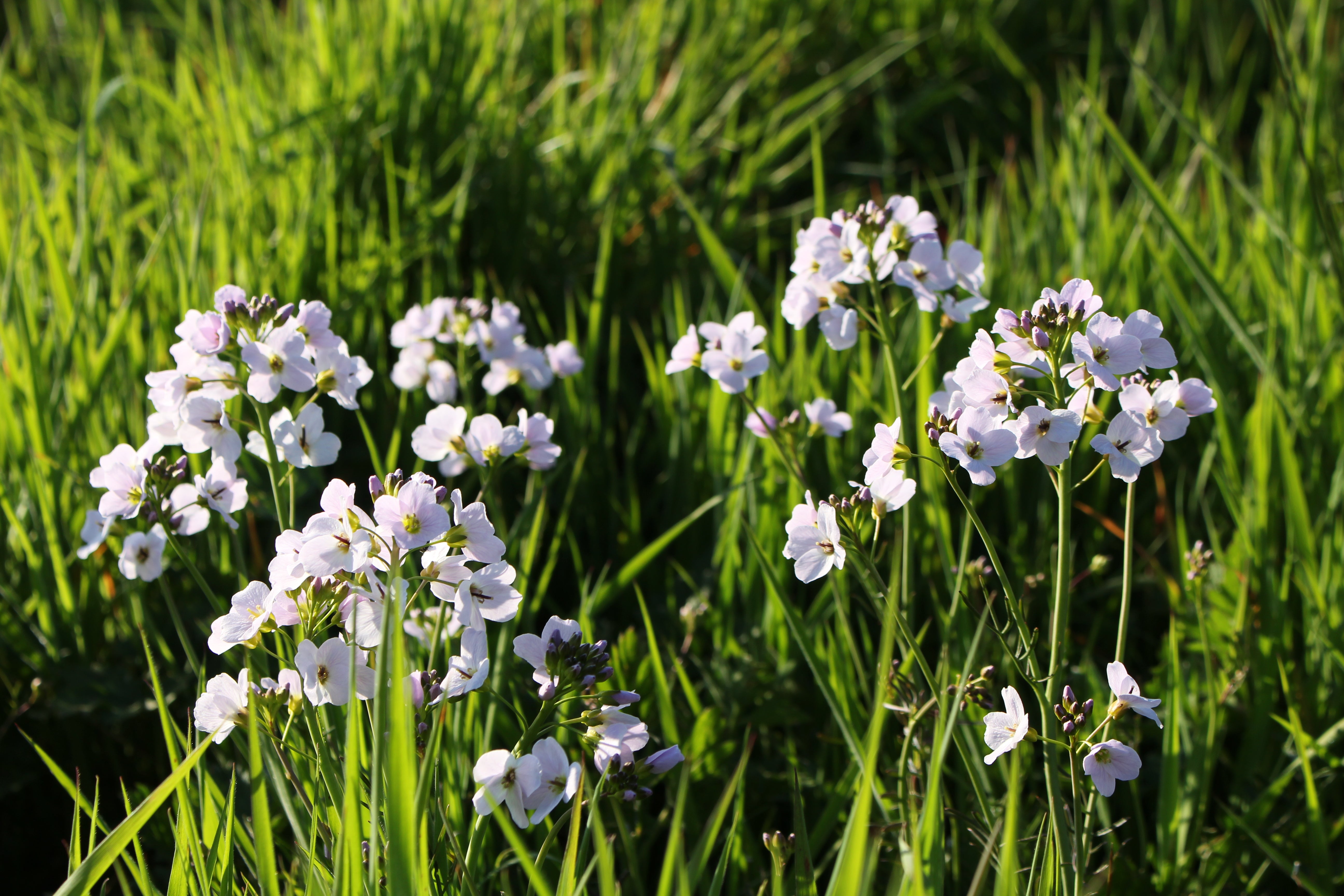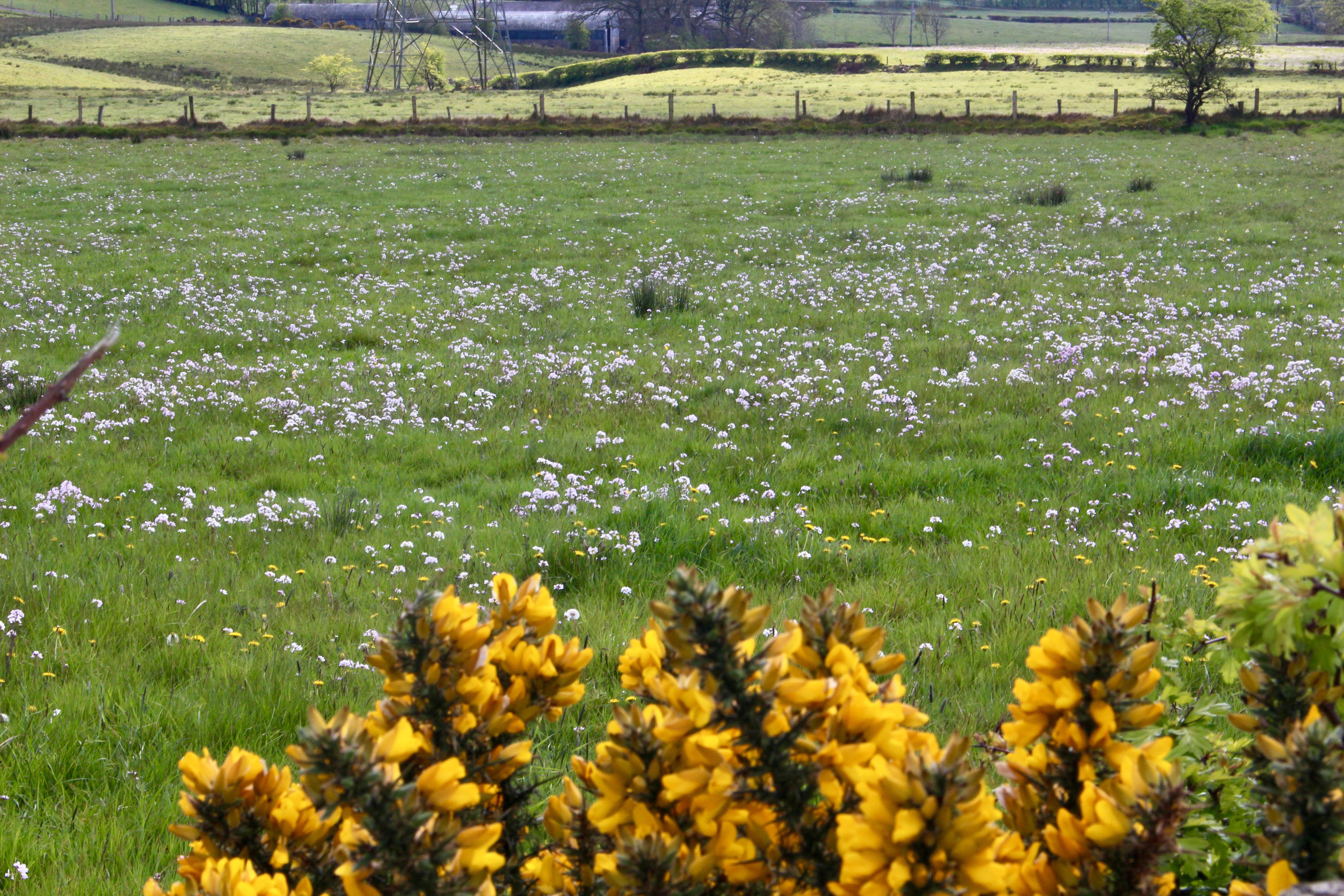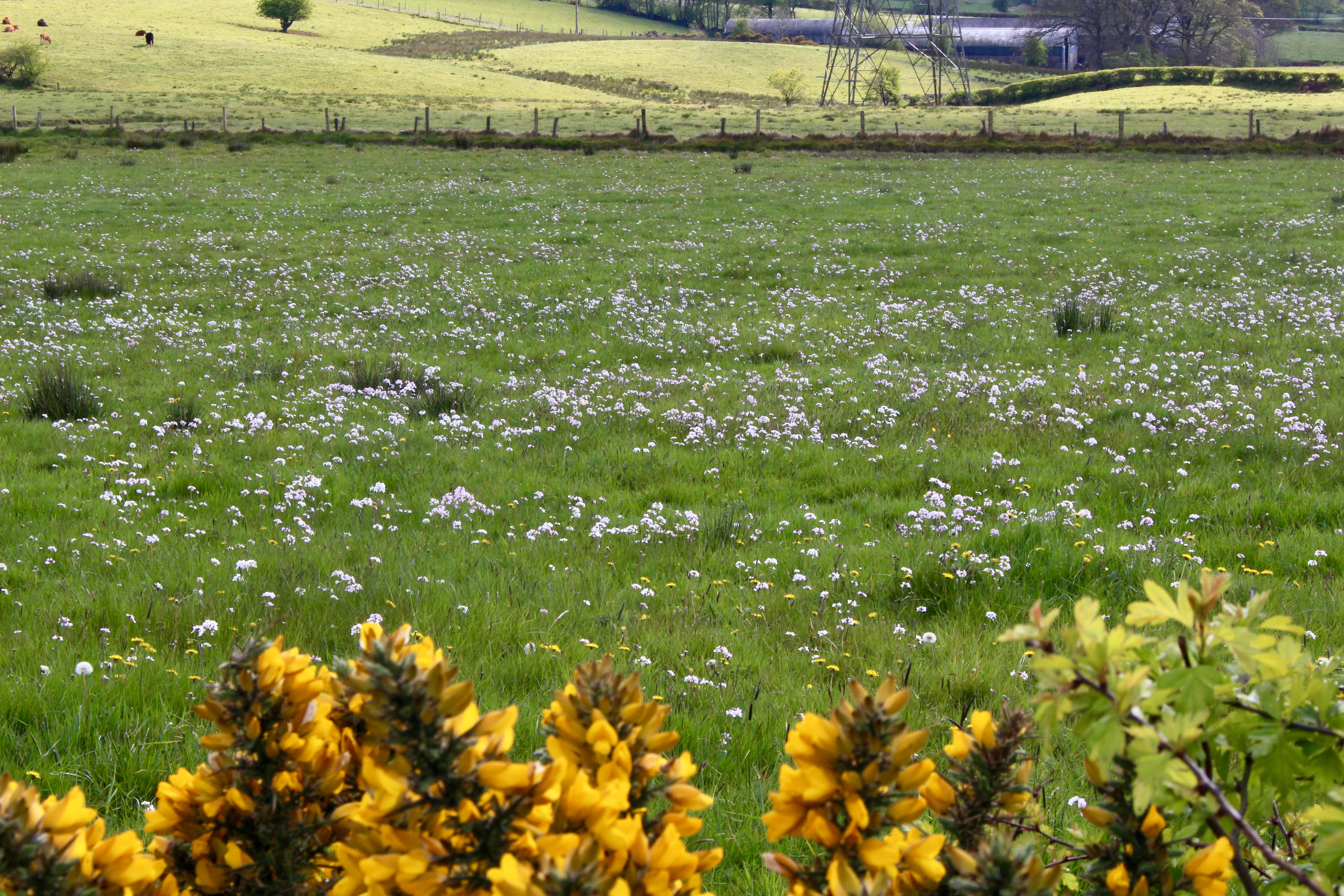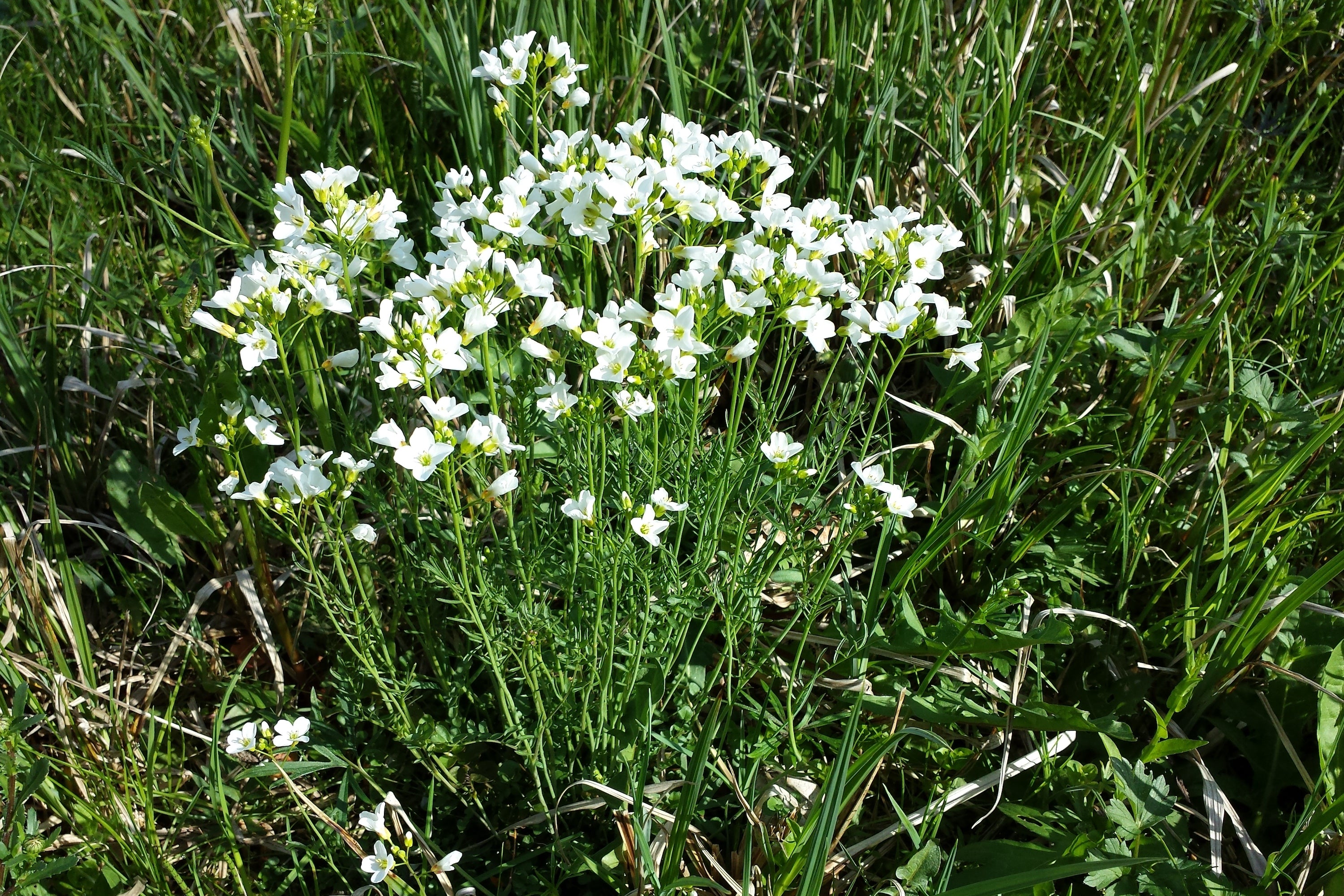Cardamine pratensis
Approx. 0.5 litre pot
About this cultivar:
Cardamine pratensis has all sorts of common names such as the cuckoo flower, lady's smock, mayflower, or milkmaids. . The specific name pratensis is Latin for 'Prat' as the flower can be annoying. Sorry, that was just an HILARIOUS JOKE. Actually pratensis is latin for meadow- see photos, hopefully that is self explanatory.
It forms a basal rosette with erect leafy stems bearing pale pink or white flowers in spring. In the British Isles the most common common name, cuckooflower, derives from the formation of the plant's flowers at around the same time as the arrival each spring of the first cuckoos and common-commons.
Native throughout most of Europe and Western Asia, it is the county flower of the English county of Cheshire. As a native plant it tends to likes our boggy conditions so if you want native insects etc this is the plant for you (and the insects).
Very hardy and a classic spring ephemeral, don't feel you need a meadow of wildlife garden for this one - it is pretty and versatile enough to be used anywhere. Try in and aroudn paths for instance.
- Position: Full sun, partial shade
- Soil: Almost any soil, grows well in Ballyrobert
- Flowers: April, May
- Other features: Grows well in Ballyrobert
- Hardiness: H7 - Hardy in the severest European continental climates (< -20°C), Fully hardy - grows well in Ballyrobert!
- Habit: Bushy, Clump forming
- Foliage: Deciduous
- Height: 15 - 45 cm (0.5 - 1.5 ft))
- Spread: 15 - 45 cm (0.5 - 1.5 ft)
- Time to full growth: 2 to 5 years
- Plant type: Herbaceous Perennial
- Colour: Pink, white, green
-
Goes well with: Phlox, Arum and Helleborus. Or Hosta, Begonia and Tricyrtis.
About this genus:
Cardamine is a perennial that sometimes gets a reputation as a prolific self seeder (in other words: a weed), but with careful selection you can find a few ornamental cultivars which are almost sterile. There are 130 species and these are mainly found in the Northern hemisphere, often growing in damp woodland settings. The name "cardamine" is derived from the Greek kardamon, cardamom - an unrelated plant in the ginger family, used as a pungent spice in cooking. It also has a few common names such as lady's smock, cuckoo flower and milkmaid.
Cardamine is a large genus that contains over 150 species of flowering plants. It is in the family Brassicaceae (the cabbage family) and displays the small 4-petaled flowers and slender seed pods that define this group. Generally small woodland plants with attractive lobed leaves, Cardamine usually flowers white or pale shades of pink, purple, or lilac. The leaves arise in autumn and grow throughout winter, followed by clusters of light coloured flowers that emerge for a few weeks in early spring. They thrive best in partial shade and tolerate most soils.
Cardamine is similar to, and compliments, other woodland species that we grow such as woodland Phlox, Arum and Helleborus. As an early spring bloomer you may also want to use summer blooming plants such as Hosta, Begonia and Tricyrtis to stop that part of the garden looking bare in summer.










